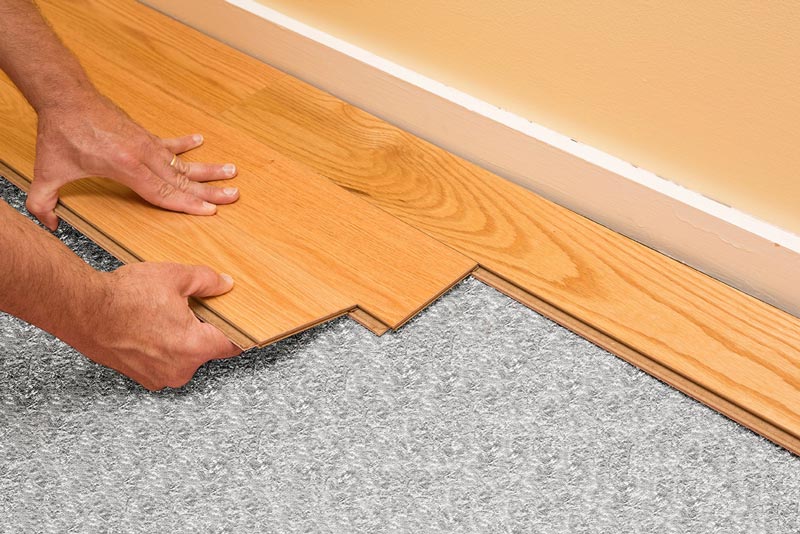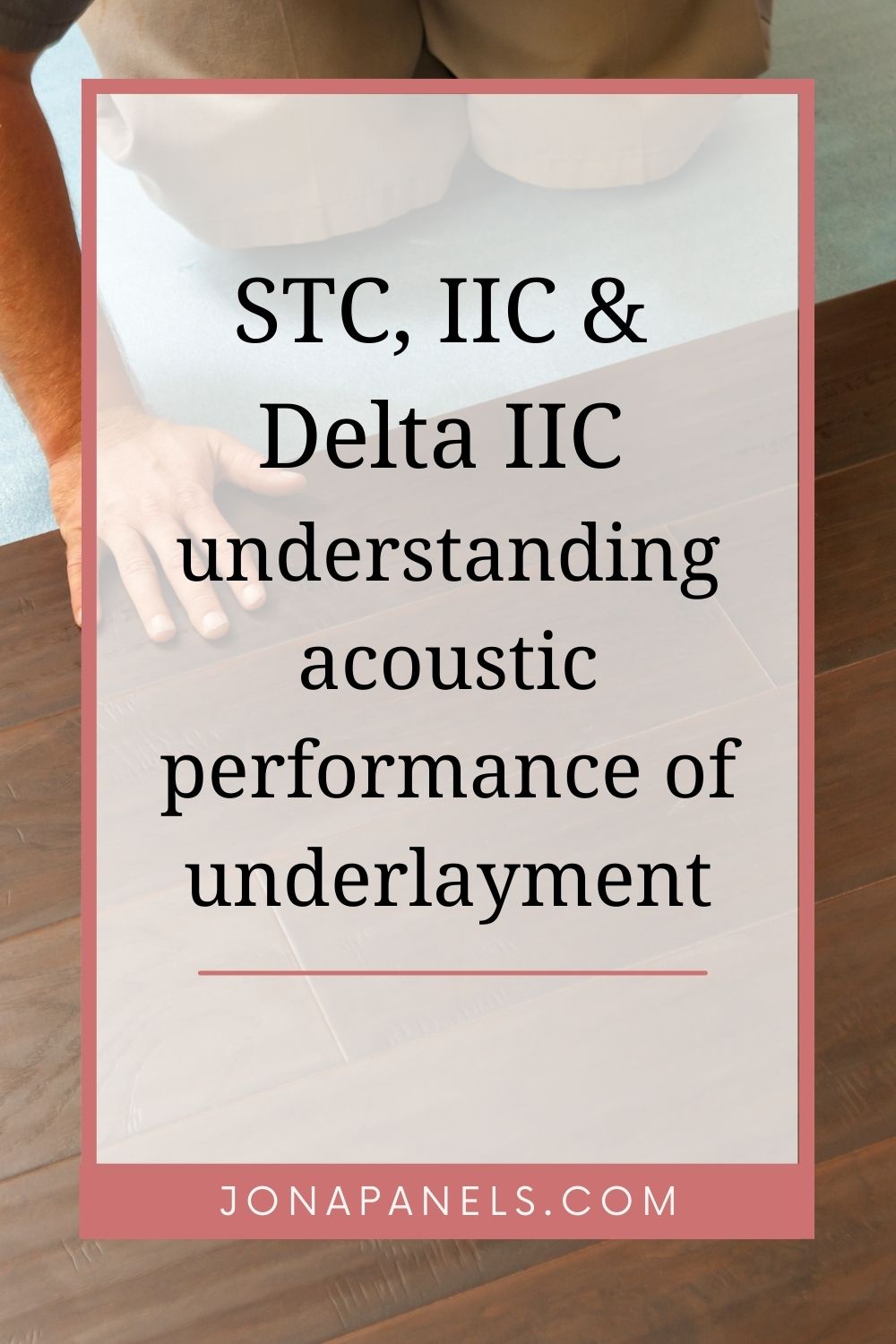It’s important to consider the acoustic performance of underlayment when selecting materials for your project. This is especially crucial in multi-unit buildings where noise transfer between floors can be a concern. Three key ratings—Sound Transmission Class (STC), Impact Insulation Class (IIC), and Delta IIC—provide valuable insights into how well an underlayment will perform in reducing noise. Here’s a brief overview to help you make informed decisions.

1. Sound Transmission Class (STC): STC measures how well a building partition, such as walls or floors, can block airborne sound. This includes sounds like voices or music. A higher STC rating indicates better sound insulation. For example, an underlayment with a high STC rating will help reduce the transmission of conversations and other airborne noises between rooms or units.
2. Impact Insulation Class (IIC): IIC measures the effectiveness of a floor system in reducing impact noises, such as footsteps, dropping objects, or moving furniture. This rating is particularly important for multi-story buildings where noise from above can be disruptive to those below. A higher IIC rating means better insulation against these impact sounds, enhancing the living experience in the lower units.
3. Delta IIC: Delta IIC specifically measures the additional improvement in impact noise isolation provided by the underlayment. Unlike IIC, which considers the entire floor assembly, Delta IIC focuses solely on the contribution of the underlayment. It’s a useful metric for comparing the performance of different underlayment, especially when upgrading an existing floor system. This is why underlayment like WhisperWalk 3100F or Aura by End of the Roll is tested for Delta IIC and at Jona Panels, we as well as 3rd party testing organizations like Intertek, believe this should be the standard for which underlayment are tested.

Choosing the Right Underlayment: When selecting an underlayment, it’s essential to consider all three ratings to match your specific needs to understand the acoustic performance of underlayment. For example, in a residential setting with a focus on privacy, prioritize underlayment with high STC ratings. For buildings with multiple levels, an underlayment with high IIC and Delta IIC ratings can significantly reduce the transmission of impact noises, contributing to a quieter and more comfortable living environment.
In summary, understanding STC, IIC, and Delta IIC ratings can help homeowners and strata management councils make informed decisions when choosing underlayment for flooring. By selecting the right products, you can enhance the acoustic performance of your building, improving comfort and quality of life for all residents.
Pin for later


